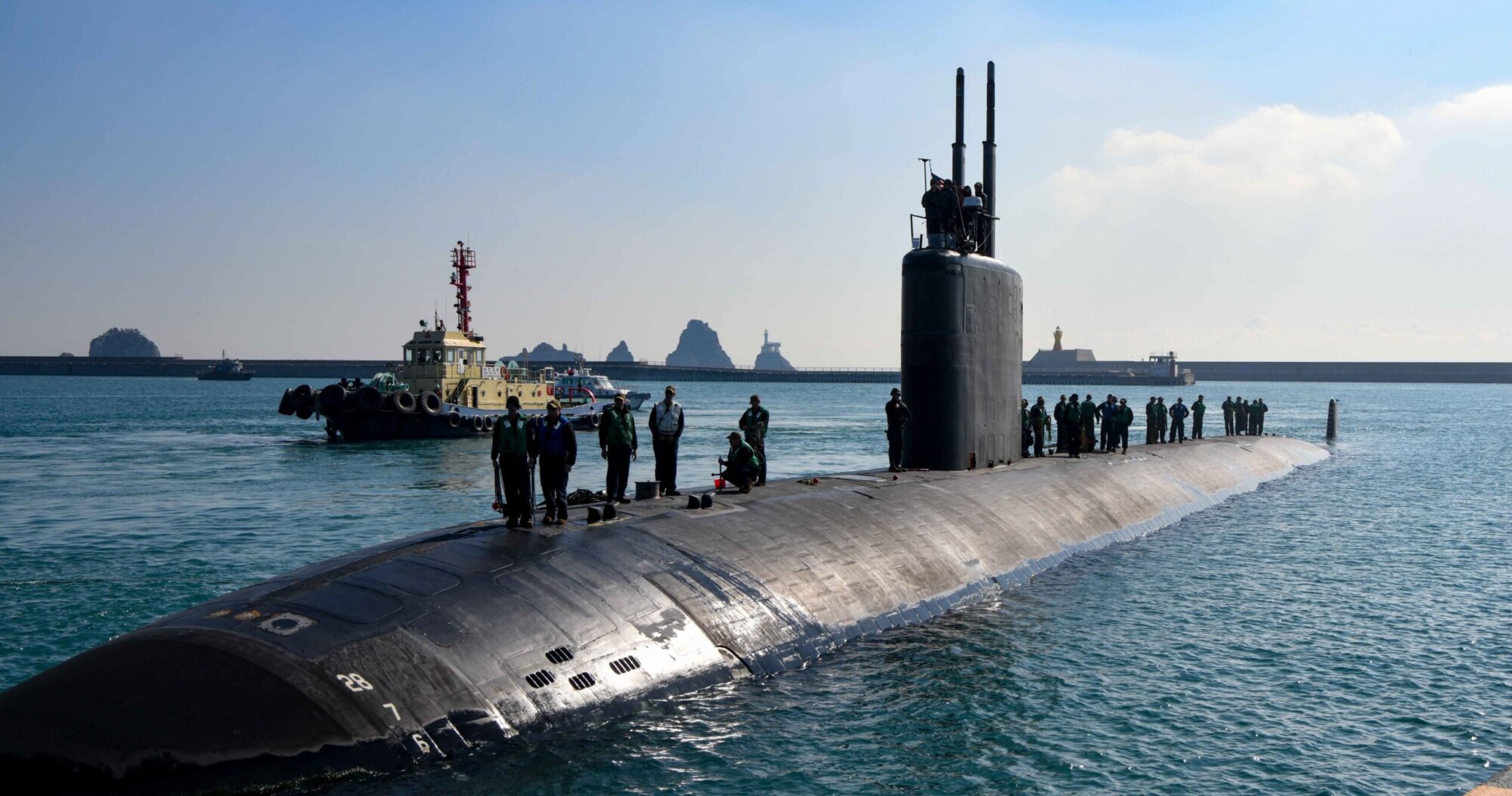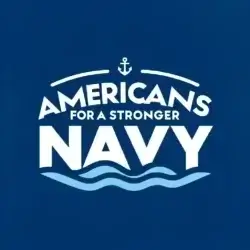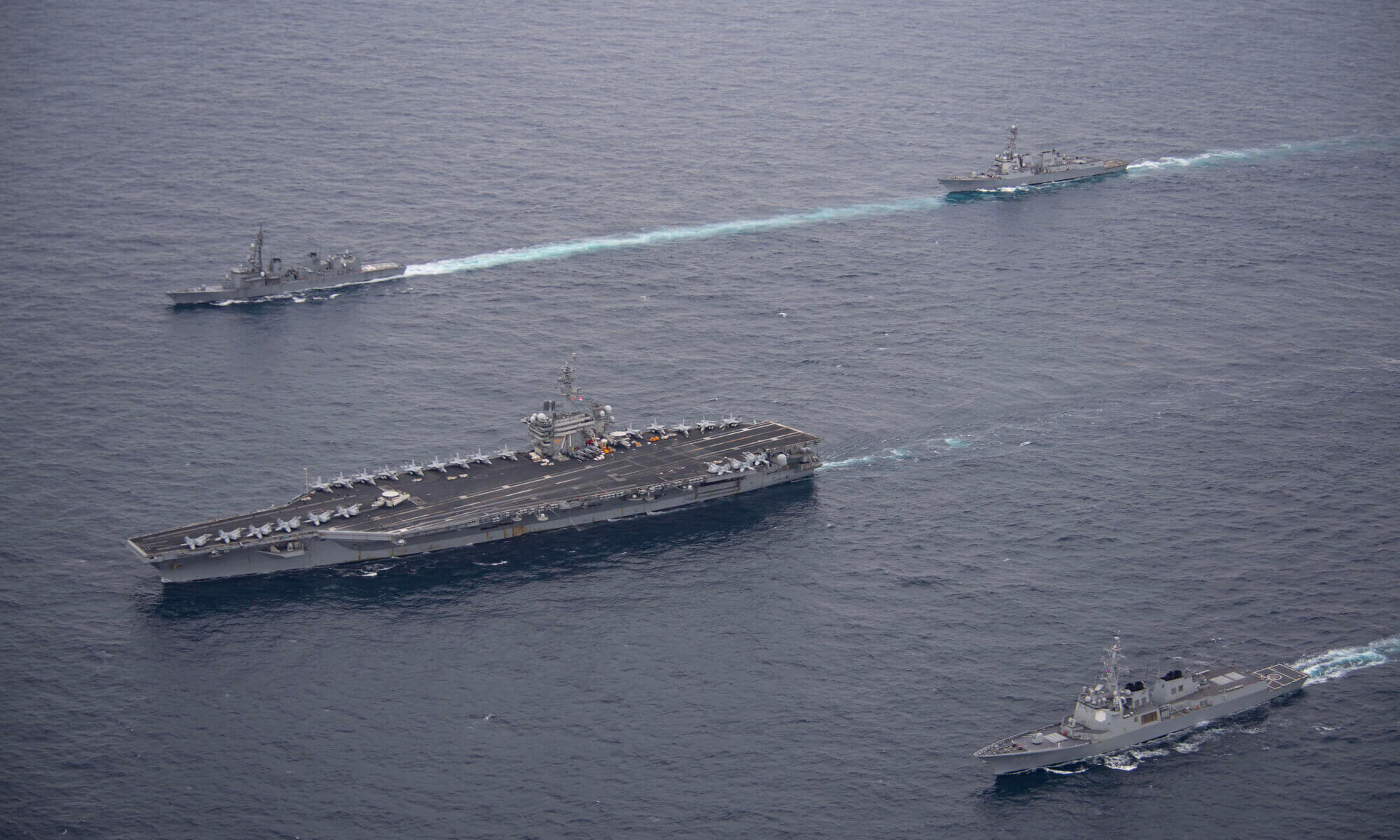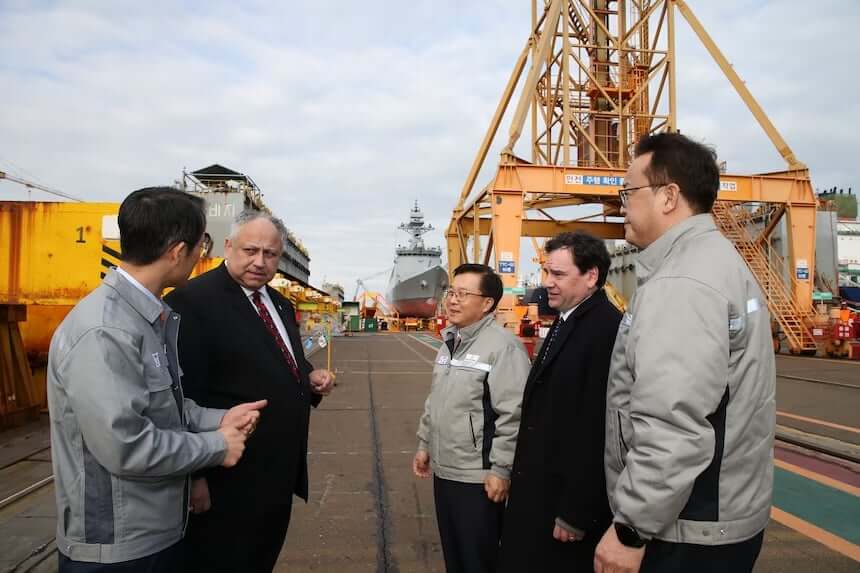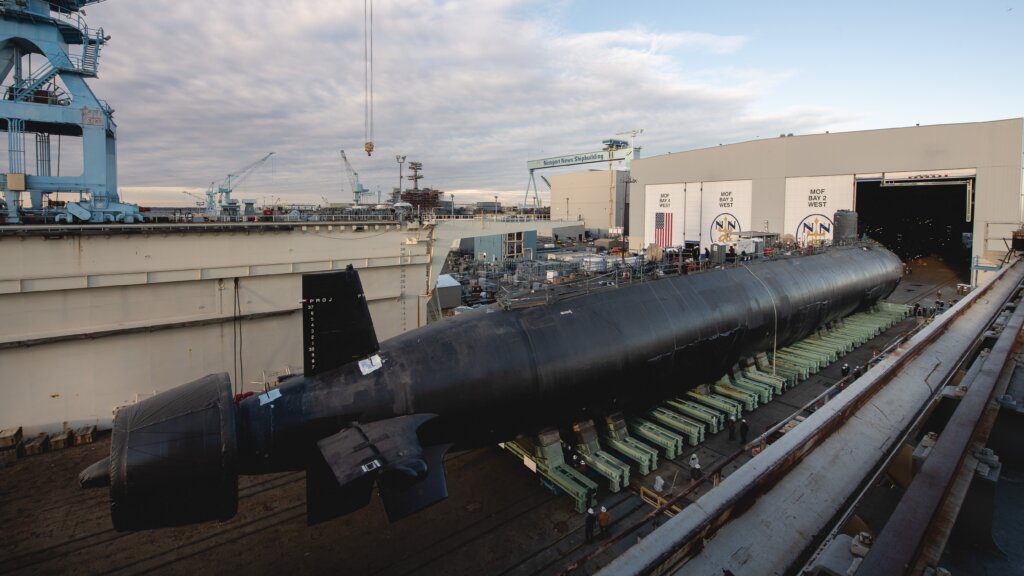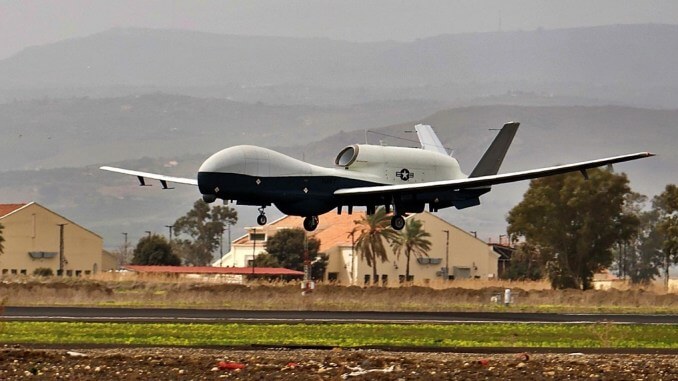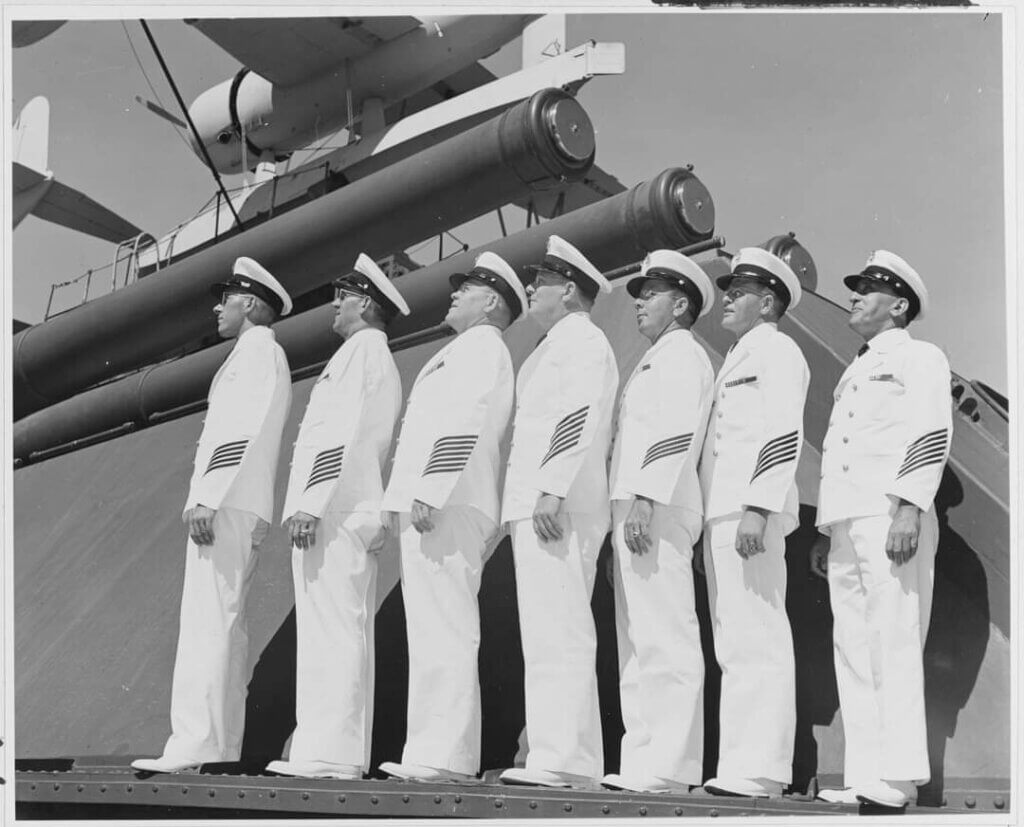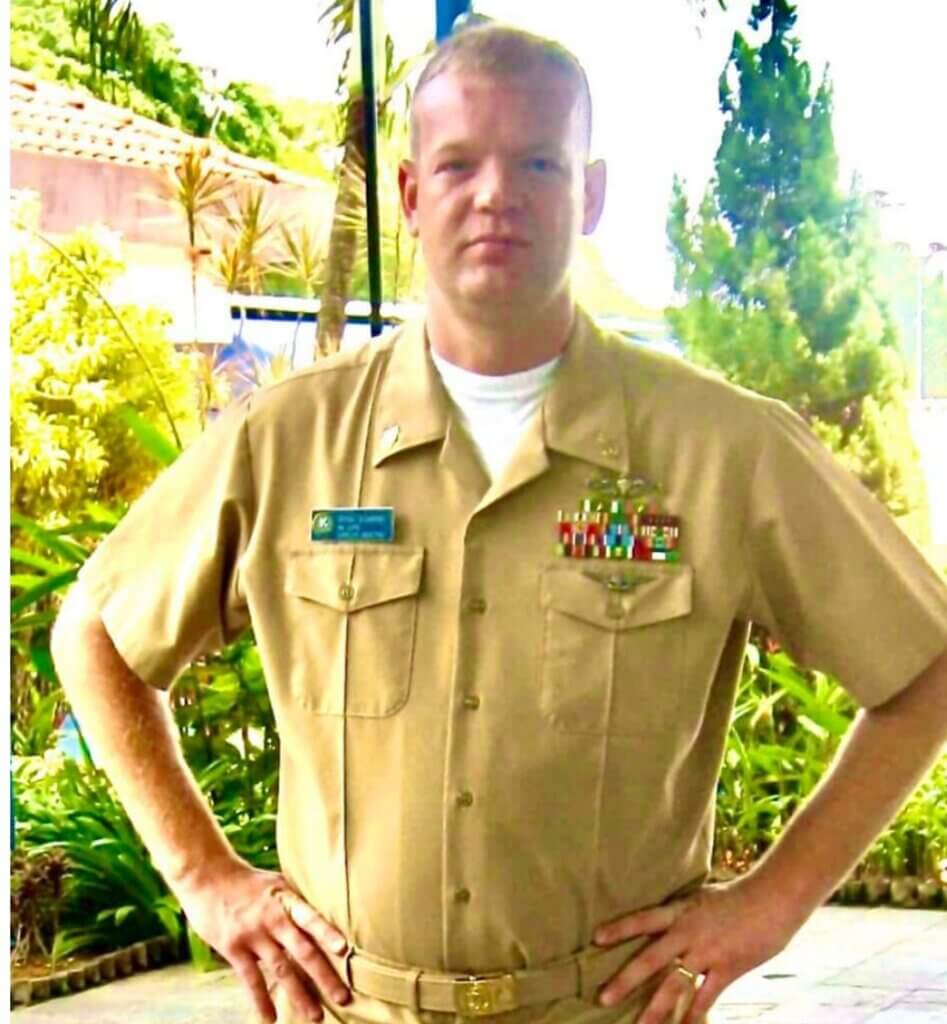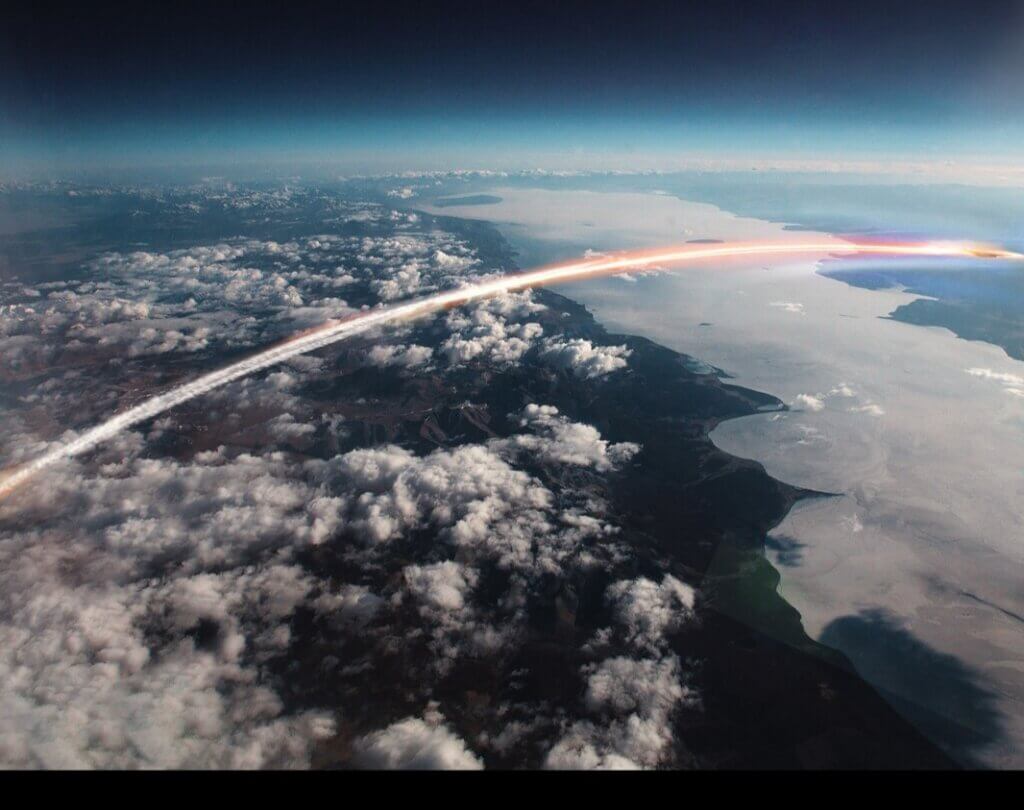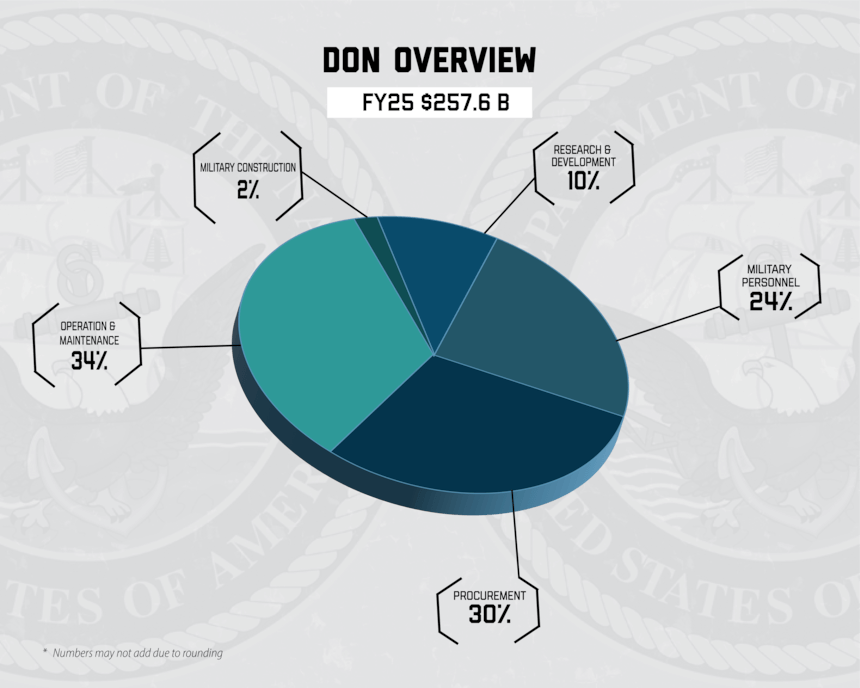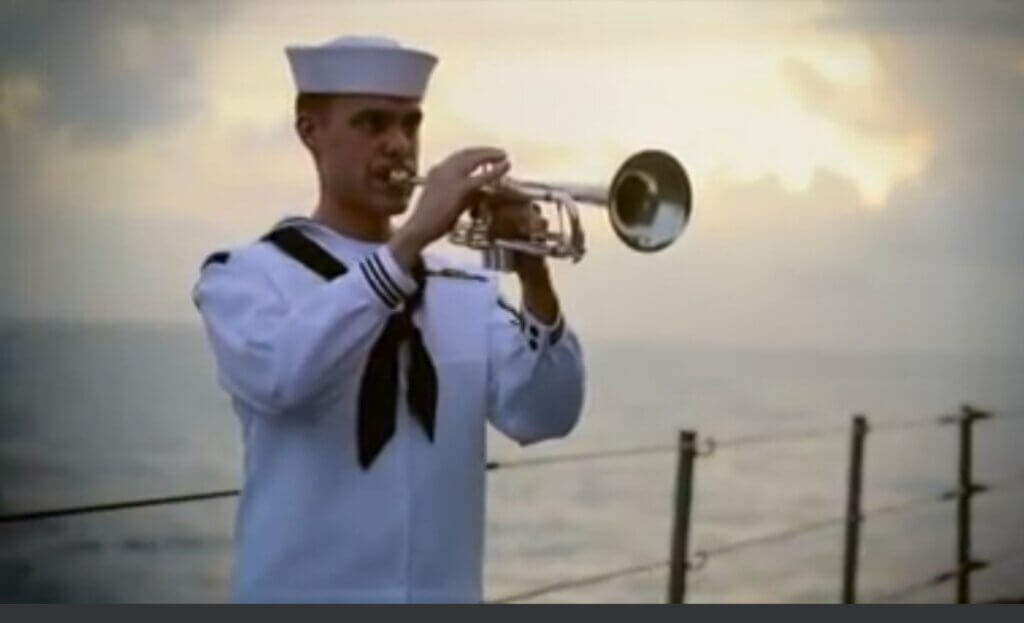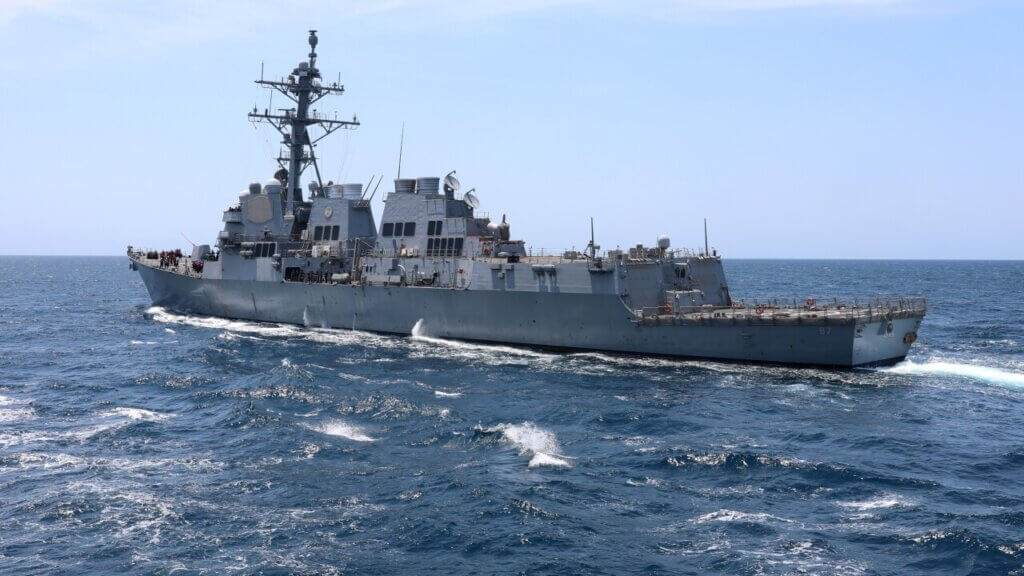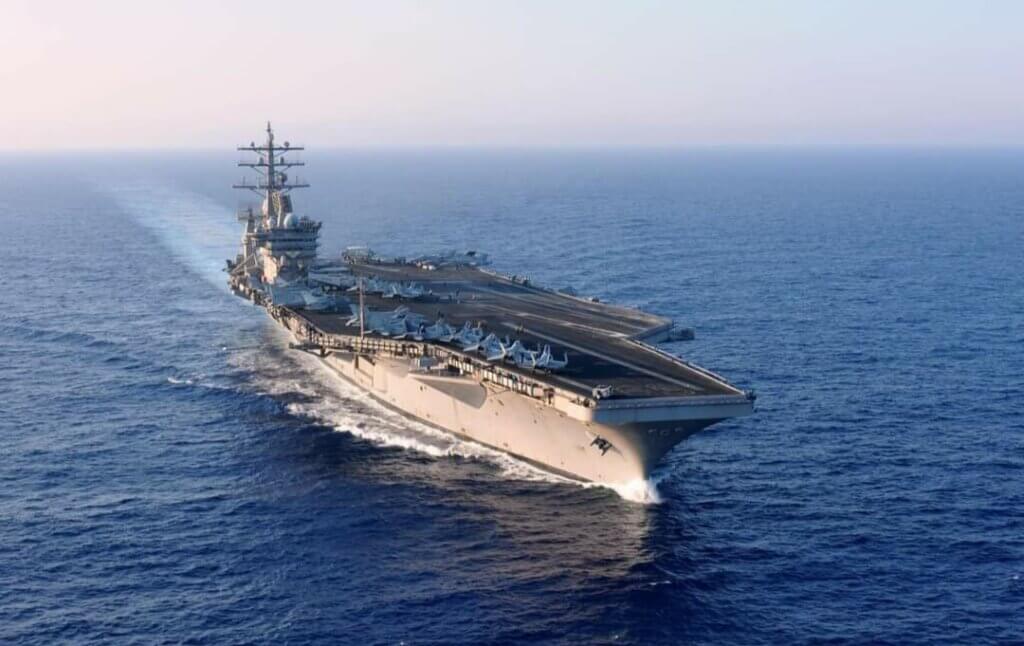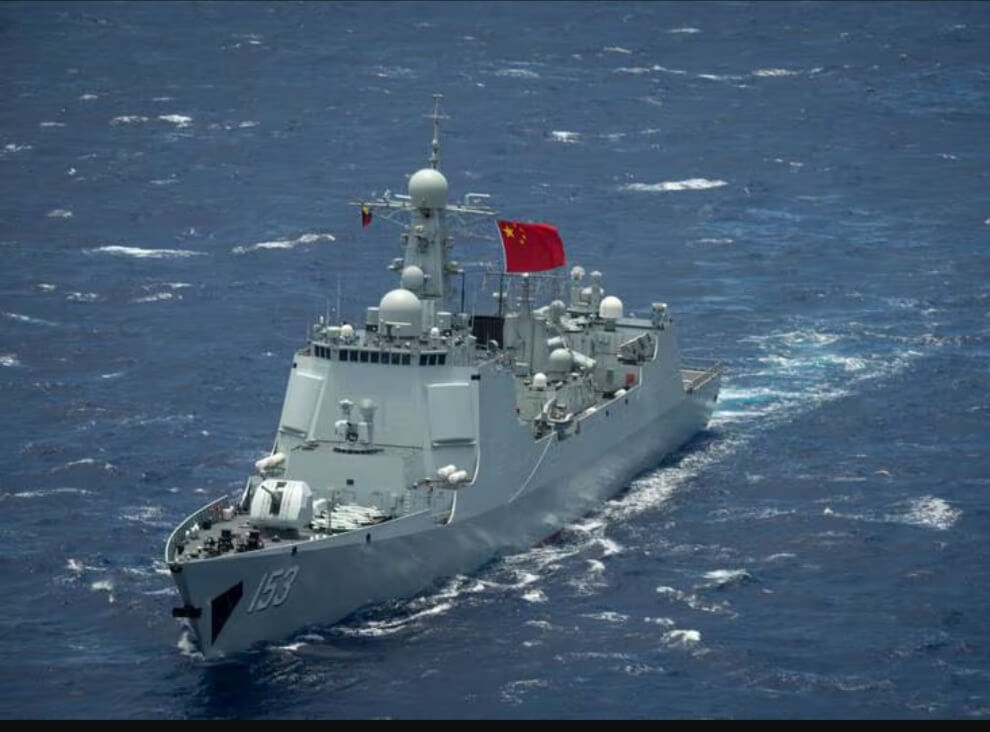Introduction
In a display of naval camaraderie and strategic alignment, the U.S. Navy joined forces with the Japan Maritime Self-Defense Force (JMSDF) and the Republic of Korea Navy (ROKN) for a trilateral maritime exercise.
This event, held on April 11-12, 2024, underscores the unwavering commitment of these nations to regional security and stability in the Indo-Pacific.
Takeaways
• The exercise involved advanced maritime communication operations, maritime interdiction operations training, air warfare exercises, staff exchanges, and integration.
• Participating vessels included the USS Theodore Roosevelt and various guided missile destroyers from the U.S., Japan, and South Korea.
• The trilateral exercise is a testament to the coordinated capabilities and cooperation between the three nations.
Why This Matters
The Indo-Pacific region is a vital artery for global trade and a strategic focal point for geopolitical stability. Joint exercises like these not only enhance military readiness but also serve as a deterrent to potential threats, ensuring the freedom of navigation that is crucial for the global economy.
Enhancing Regional Security Commitment to a Free and Open Indo-Pacific Rear Adm. Christopher Alexander emphasized the readiness of the allied forces to respond to any contingency, highlighting the shared goal of a free and open Indo-Pacific.
Addressing Threats and Humanitarian Challenges Captain Baek Jun-cheol noted the importance of the exercise in increasing the ability to respond to advancing nuclear and WMD threats from the DPRK, as well as providing humanitarian support to ships in distress.
Deepenin Security Partnerships Building on Decades of Alliance 2024 marks over 70 years of U.S. partnership with both the Republic of Korea and Japan. These exercises build on the foundation of mutual defense treaties and security agreements that have long underpinned peace in the region.
Coordinated Capabilities for Peace and Stability The trilateral exercises are conducted regularly as part of a commitment made at the Camp David Summit in August 2023.
They aim to enhance ballistic missile defense cooperation and deepen security partnerships.
Conclusion
The recent trilateral maritime exercise is a clear demonstration of the enduring partnership and strategic cooperation among the U.S., Japan, and South Korea.
As these nations continue to work together, they reinforce the collective security and prosperity of the Indo-Pacific region.
Americans for a Stronger Navy proudly supports these efforts, recognizing that our nation’s security and economic interests are inextricably linked to the stability of these vital waters.
